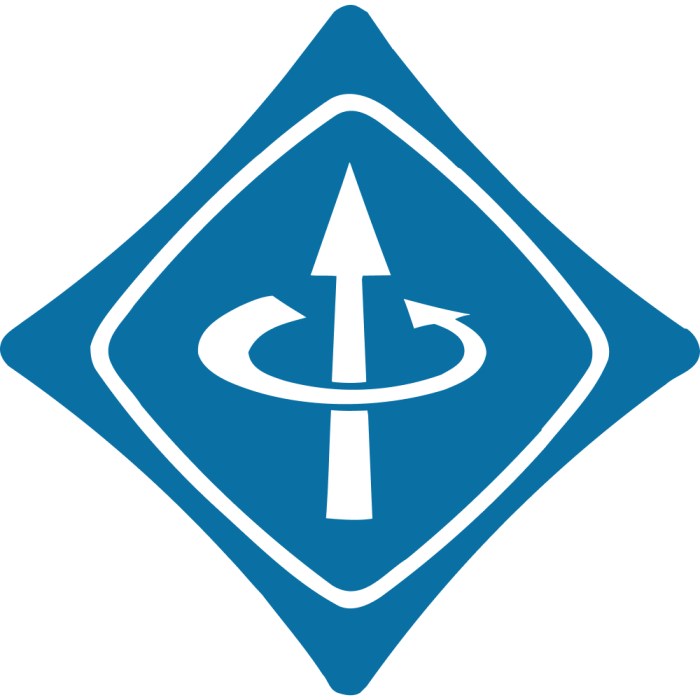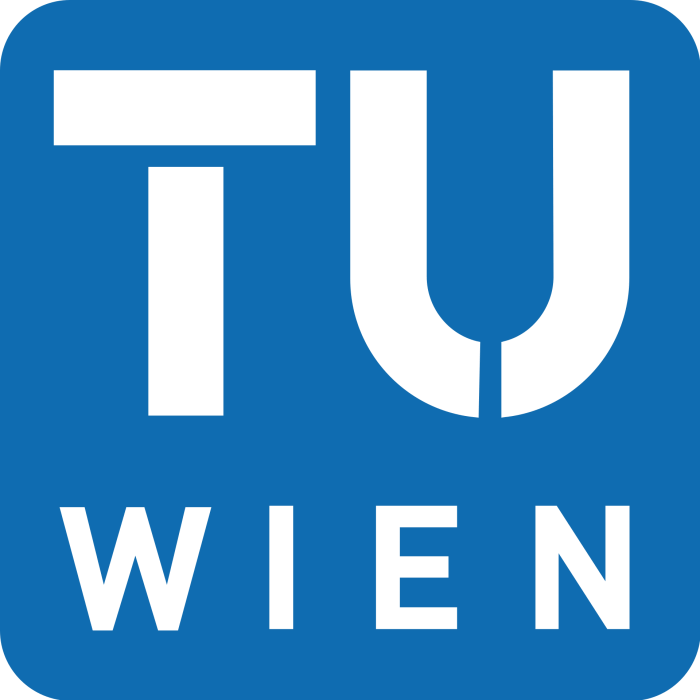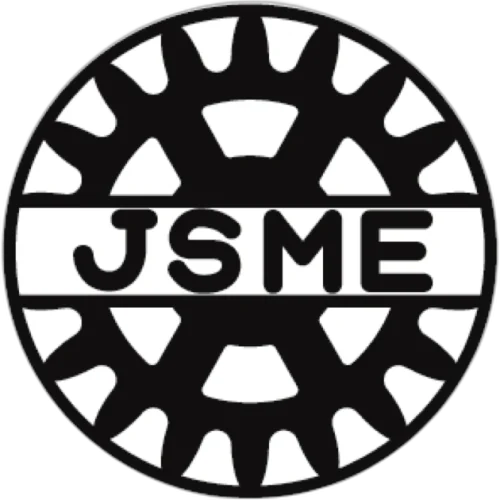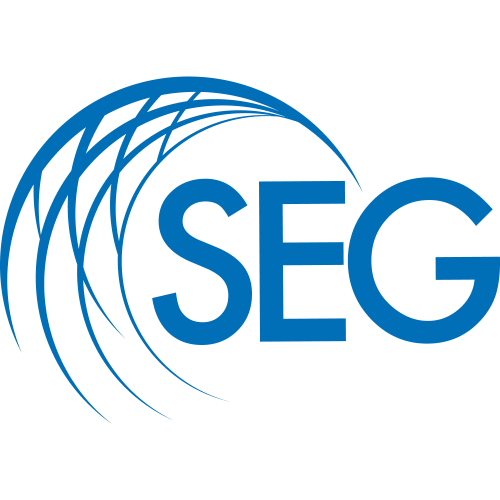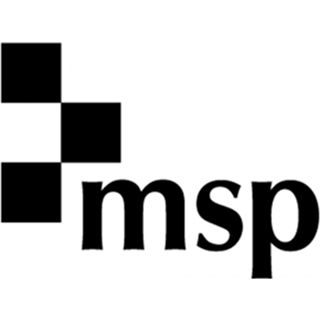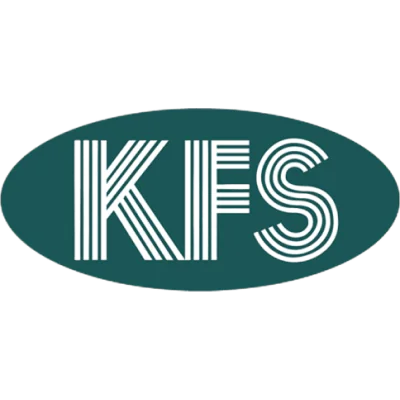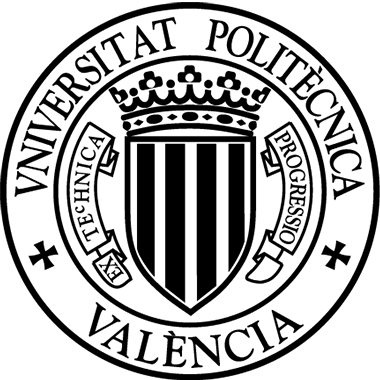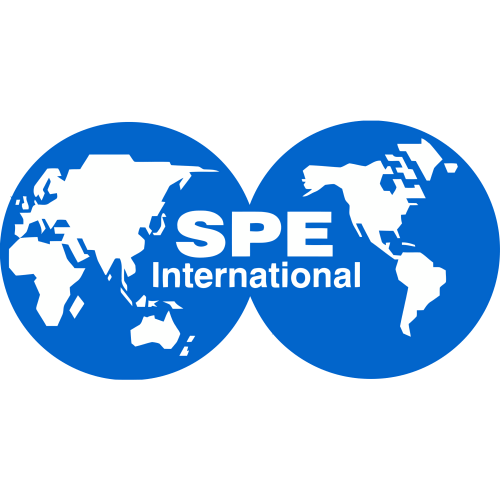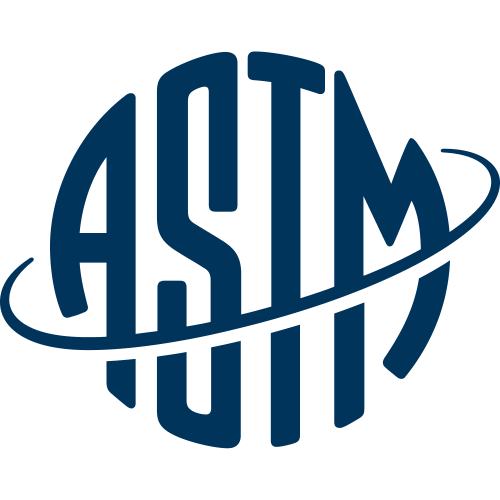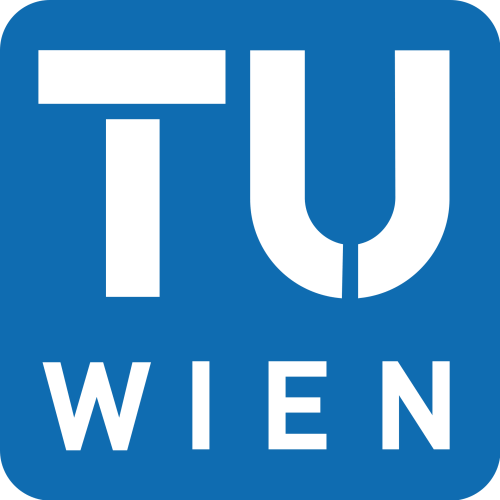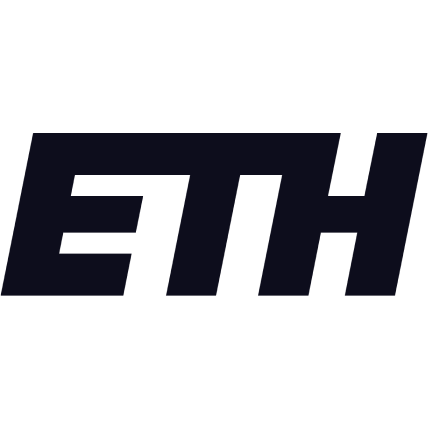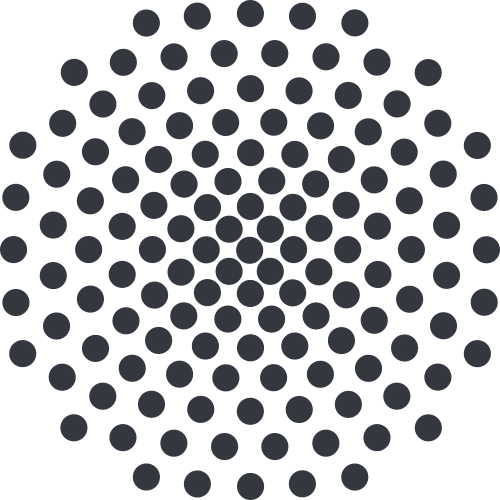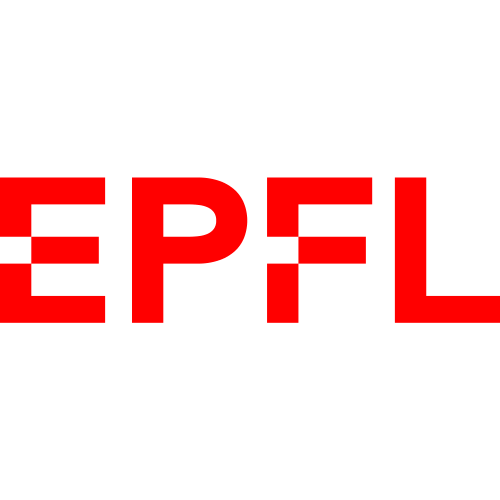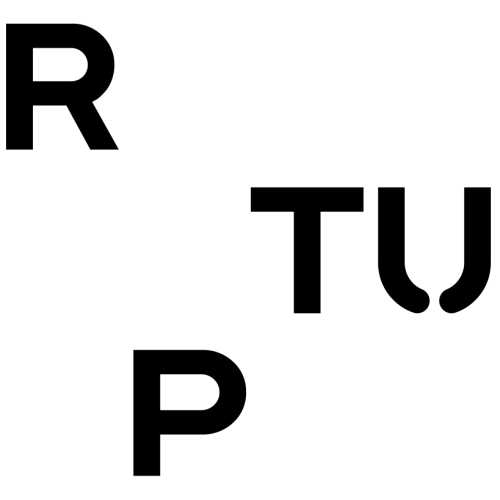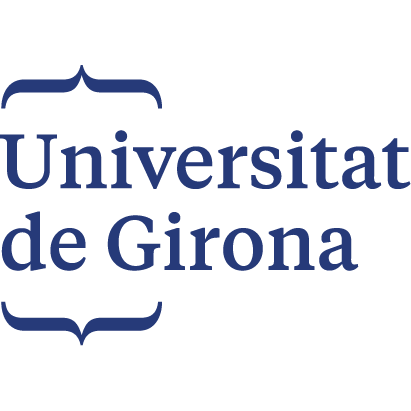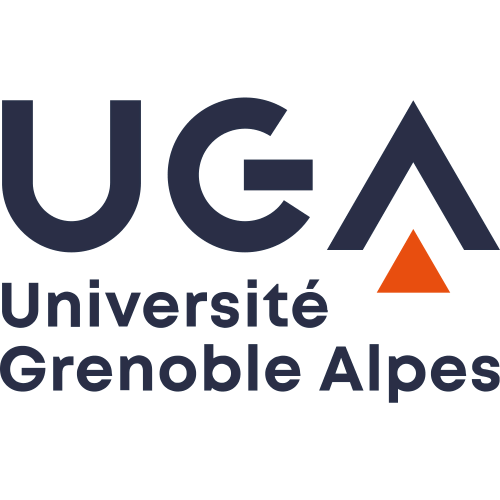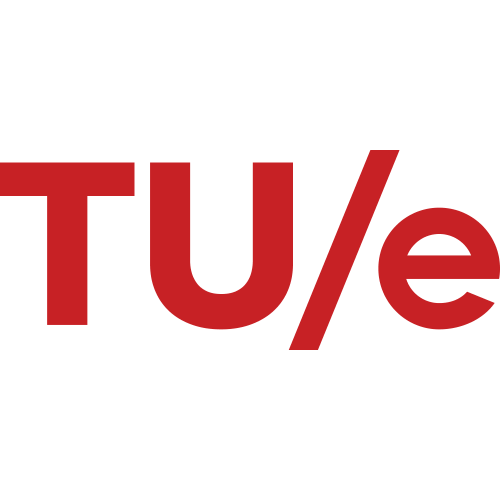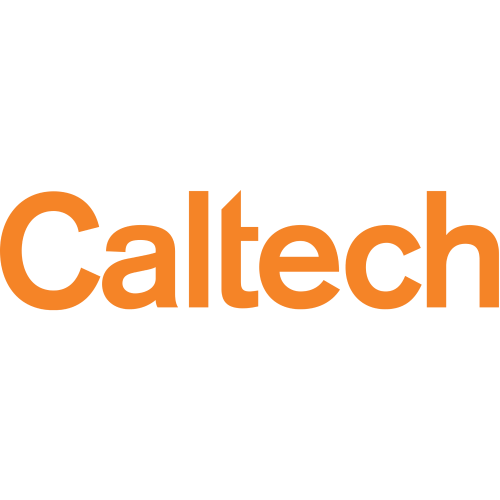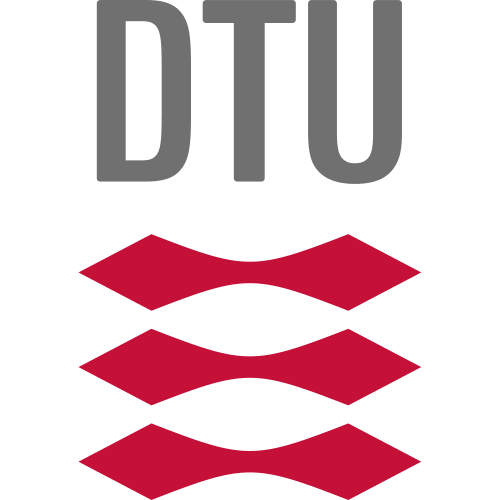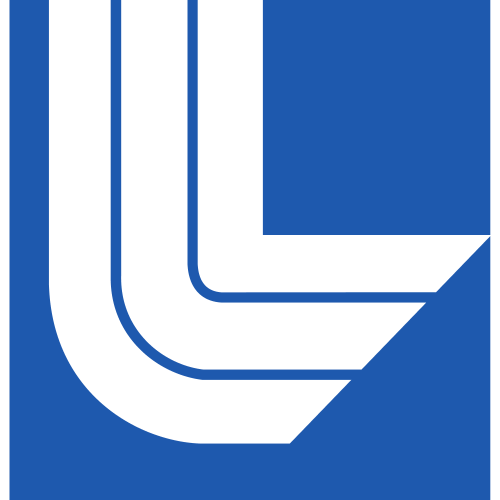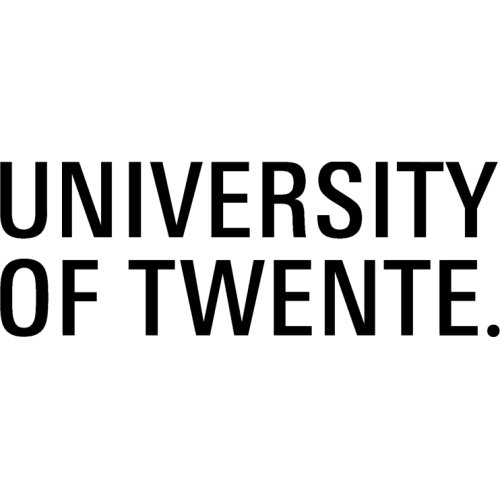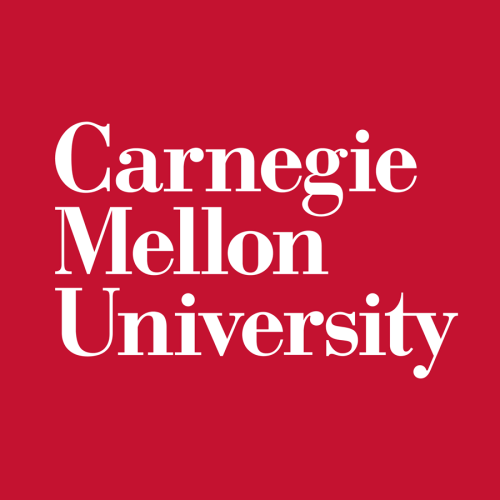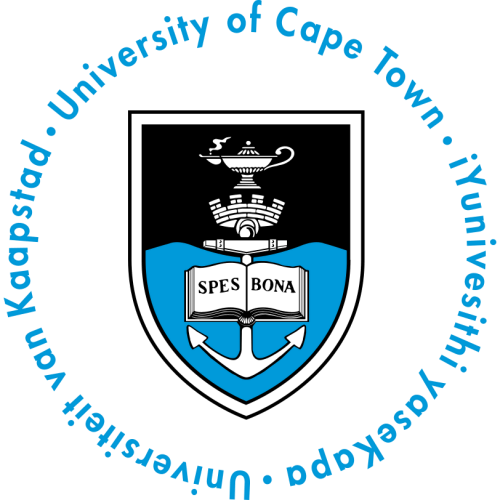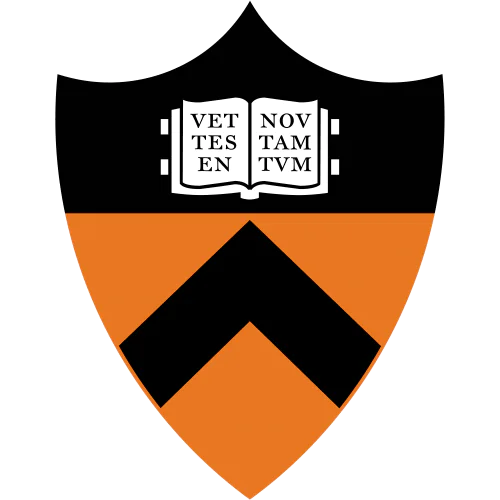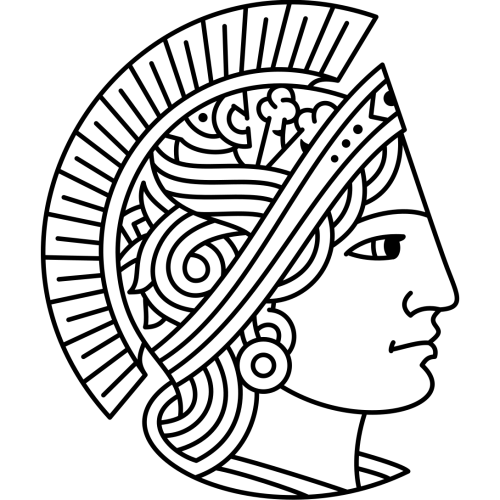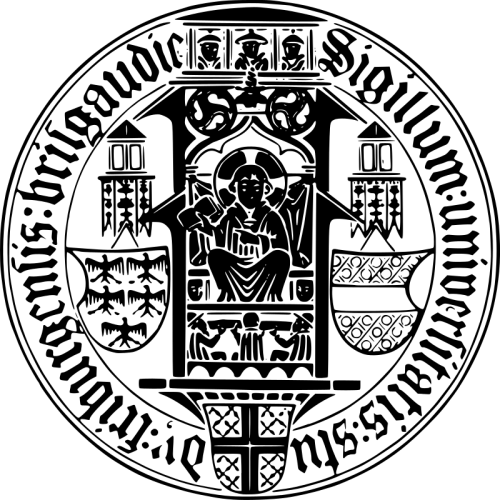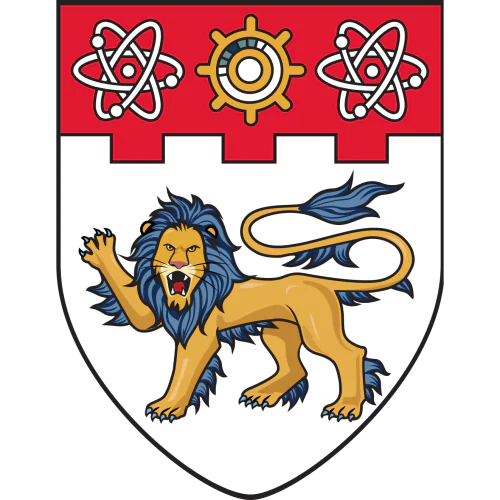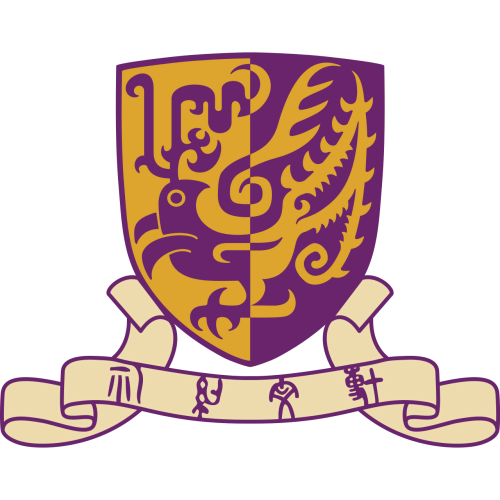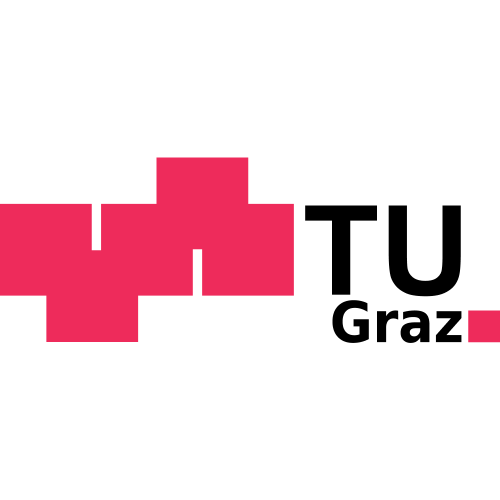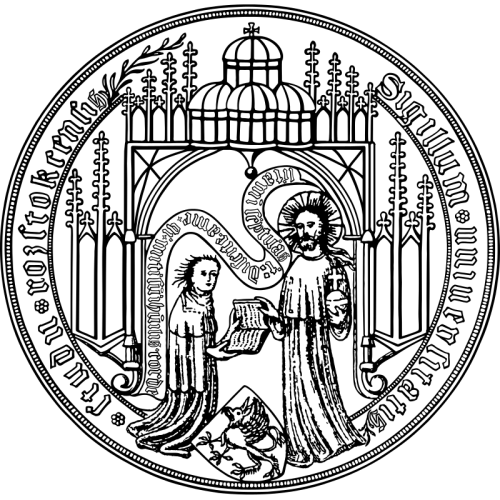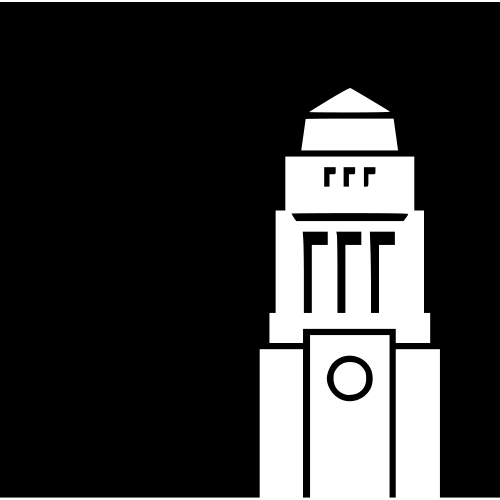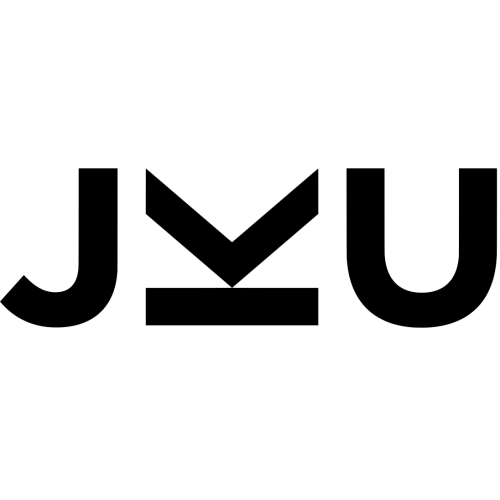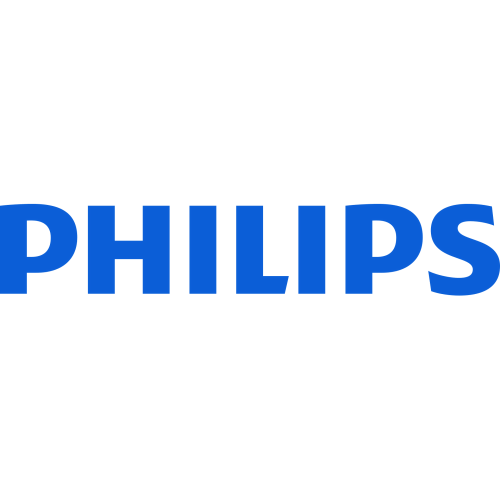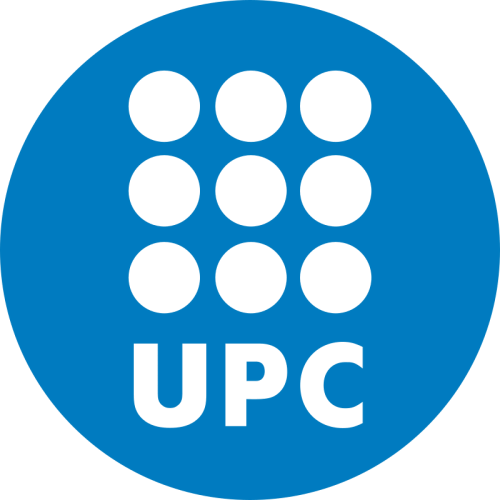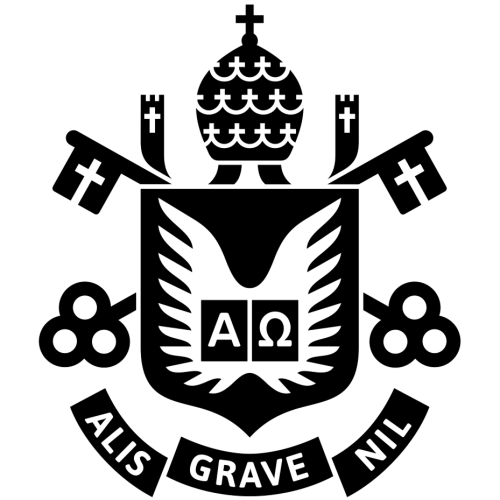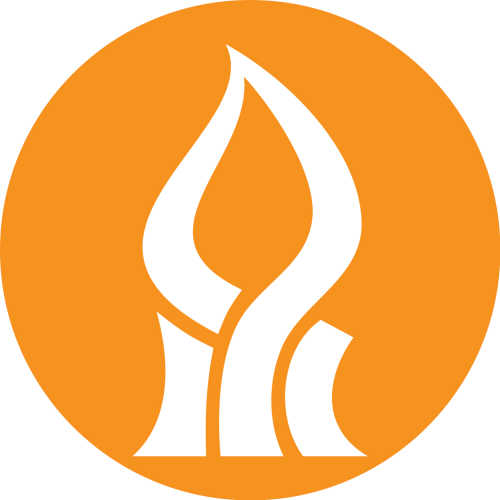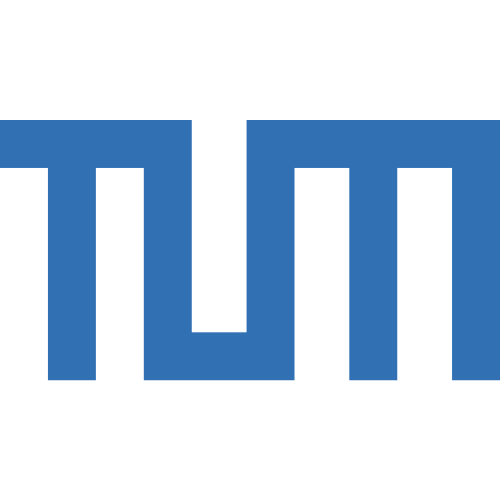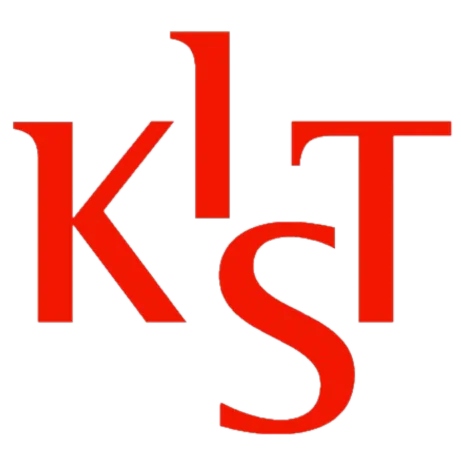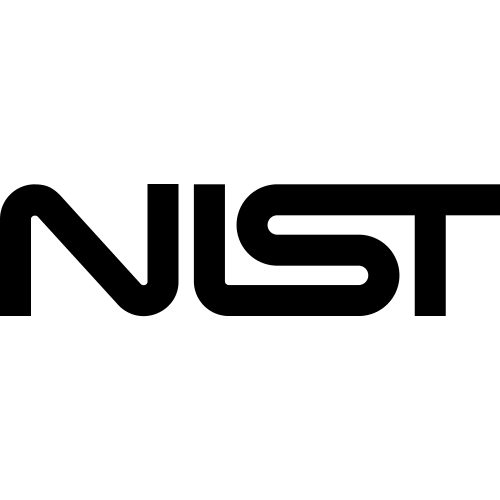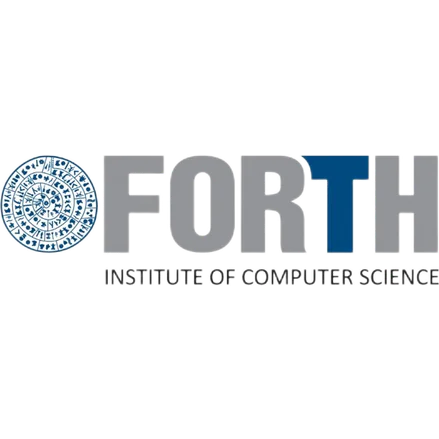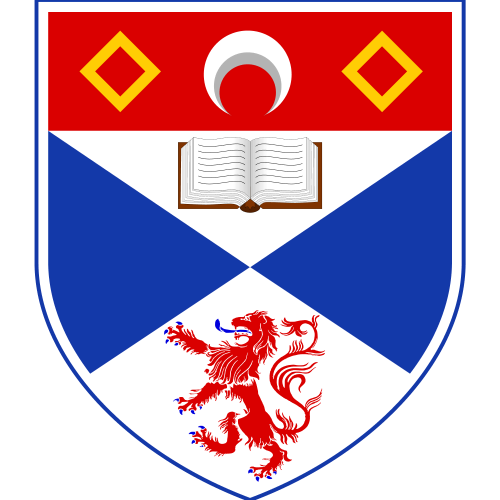|
|
|
|
Lecture Notes in Computer Science
741 citations, 9.32%
|
|
|
Computer Graphics Forum
687 citations, 8.64%
|
|
|
IEEE Transactions on Visualization and Computer Graphics
423 citations, 5.32%
|
|
|
Eurographics
317 citations, 3.99%
|
|
|
ACM Transactions on Graphics
312 citations, 3.93%
|
|
|
Computers and Graphics
249 citations, 3.13%
|
|
|
Visual Computer
238 citations, 2.99%
|
|
|
Computer Animation and Virtual Worlds
69 citations, 0.87%
|
|
|
Graphical Models
63 citations, 0.79%
|
|
|
Mathematics and Visualization
48 citations, 0.6%
|
|
|
Communications in Computer and Information Science
44 citations, 0.55%
|
|
|
Multimedia Tools and Applications
43 citations, 0.54%
|
|
|
Virtual Reality
36 citations, 0.45%
|
|
|
IEEE Access
34 citations, 0.43%
|
|
|
CAD Computer Aided Design
31 citations, 0.39%
|
|
|
Journal of Computer Science and Technology
30 citations, 0.38%
|
|
|
IEEE Transactions on Pattern Analysis and Machine Intelligence
29 citations, 0.36%
|
|
|
Interacting with Computers
29 citations, 0.36%
|
|
|
Journal of Visualization
27 citations, 0.34%
|
|
|
IEEE Computer Graphics and Applications
27 citations, 0.34%
|
|
|
International Journal of Computer Vision
23 citations, 0.29%
|
|
|
Information Visualization
20 citations, 0.25%
|
|
|
Signal Processing: Image Communication
19 citations, 0.24%
|
|
|
Proceedings of the ACM on Computer Graphics and Interactive Techniques
19 citations, 0.24%
|
|
|
Studies in Computational Intelligence
18 citations, 0.23%
|
|
|
Applied Mechanics and Materials
17 citations, 0.21%
|
|
|
Journal of Visual Languages & Computing
17 citations, 0.21%
|
|
|
Synthesis Lectures on Computer Graphics
17 citations, 0.21%
|
|
|
IEEE Transactions on Circuits and Systems for Video Technology
16 citations, 0.2%
|
|
|
International Journal of Human-Computer Interaction
15 citations, 0.19%
|
|
|
International Journal of Human Computer Studies
15 citations, 0.19%
|
|
|
Computational Visual Media
15 citations, 0.19%
|
|
|
Image and Vision Computing
15 citations, 0.19%
|
|
|
IEEE Transactions on Image Processing
15 citations, 0.19%
|
|
|
Computer Vision and Image Understanding
15 citations, 0.19%
|
|
|
Future Generation Computer Systems
14 citations, 0.18%
|
|
|
Formal Aspects of Computing
14 citations, 0.18%
|
|
|
Kyokai Joho Imeji Zasshi/Journal of the Institute of Image Information and Television Engineers
13 citations, 0.16%
|
|
|
Pattern Recognition
12 citations, 0.15%
|
|
|
Machine Vision and Applications
12 citations, 0.15%
|
|
|
Optical Engineering
12 citations, 0.15%
|
|
|
Environment and Planning B: Planning and Design
11 citations, 0.14%
|
|
|
IEEE Transactions on Multimedia
10 citations, 0.13%
|
|
|
International journal of computer assisted radiology and surgery
10 citations, 0.13%
|
|
|
Journal of Computing and Information Science in Engineering
10 citations, 0.13%
|
|
|
International Journal on Software Tools for Technology Transfer
9 citations, 0.11%
|
|
|
Computer-Aided Design and Applications
9 citations, 0.11%
|
|
|
Journal of Electronic Imaging
9 citations, 0.11%
|
|
|
Advanced Materials Research
9 citations, 0.11%
|
|
|
Pen-and-Paper User Interfaces
9 citations, 0.11%
|
|
|
Parallel Computing
8 citations, 0.1%
|
|
|
Journal of Visual Communication and Image Representation
8 citations, 0.1%
|
|
|
Scientific Reports
8 citations, 0.1%
|
|
|
International Journal of Clothing Science and Technology
8 citations, 0.1%
|
|
|
Presence: Teleoperators and Virtual Environments
8 citations, 0.1%
|
|
|
Proceedings of the ACM on Human-Computer Interaction
8 citations, 0.1%
|
|
|
3D Research
8 citations, 0.1%
|
|
|
SAE Technical Papers
8 citations, 0.1%
|
|
|
Robotics and Autonomous Systems
7 citations, 0.09%
|
|
|
Journal of Real-Time Image Processing
7 citations, 0.09%
|
|
|
Annales des Telecommunications/Annals of Telecommunications
7 citations, 0.09%
|
|
|
Engineering with Computers
7 citations, 0.09%
|
|
|
Sensors
7 citations, 0.09%
|
|
|
Journal on Computing and Cultural Heritage
7 citations, 0.09%
|
|
|
Intelligent Systems Reference Library
7 citations, 0.09%
|
|
|
Proceedings of the IEEE
7 citations, 0.09%
|
|
|
ACM Transactions on Applied Perception
7 citations, 0.09%
|
|
|
Informatik aktuell
7 citations, 0.09%
|
|
|
Contemporary Approaches to Activity Theory
7 citations, 0.09%
|
|
|
Concurrency Computation Practice and Experience
6 citations, 0.08%
|
|
|
ISPRS Journal of Photogrammetry and Remote Sensing
6 citations, 0.08%
|
|
|
Simulation Modelling Practice and Theory
6 citations, 0.08%
|
|
|
Neurocomputing
6 citations, 0.08%
|
|
|
Science China Information Sciences
6 citations, 0.08%
|
|
|
Pattern Recognition Letters
6 citations, 0.08%
|
|
|
Lecture Notes of the Institute for Computer Sciences, Social-Informatics and Telecommunications Engineering
6 citations, 0.08%
|
|
|
ACM Transactions on Computer-Human Interaction
6 citations, 0.08%
|
|
|
Advances in Intelligent Systems and Computing
6 citations, 0.08%
|
|
|
Procedia Computer Science
6 citations, 0.08%
|
|
|
IEICE Transactions on Information and Systems
6 citations, 0.08%
|
|
|
Signal, Image and Video Processing
6 citations, 0.08%
|
|
|
IEEE Transactions on Human-Machine Systems
6 citations, 0.08%
|
|
|
SAE International Journal of Passenger Cars - Mechanical Systems
6 citations, 0.08%
|
|
|
Personal and Ubiquitous Computing
6 citations, 0.08%
|
|
|
PLoS ONE
6 citations, 0.08%
|
|
|
Keldysh Institute Preprints
6 citations, 0.08%
|
|
|
Journal on Multimodal User Interfaces
5 citations, 0.06%
|
|
|
Entertainment Computing
5 citations, 0.06%
|
|
|
Springer Tracts in Advanced Robotics
5 citations, 0.06%
|
|
|
IPSJ Transactions on Computer Vision and Applications
5 citations, 0.06%
|
|
|
Programming and Computer Software
5 citations, 0.06%
|
|
|
Computer Aided Geometric Design
5 citations, 0.06%
|
|
|
Medical Image Analysis
5 citations, 0.06%
|
|
|
IEEE Transactions on Instrumentation and Measurement
5 citations, 0.06%
|
|
|
Smart Innovation, Systems and Technologies
5 citations, 0.06%
|
|
|
Journal of Parallel and Distributed Computing
5 citations, 0.06%
|
|
|
AIP Conference Proceedings
5 citations, 0.06%
|
|
|
IFIP Advances in Information and Communication Technology
5 citations, 0.06%
|
|
|
International Journal of Automation and Computing
5 citations, 0.06%
|
|
|
Real-Time Imaging
5 citations, 0.06%
|
|
|
|
|


